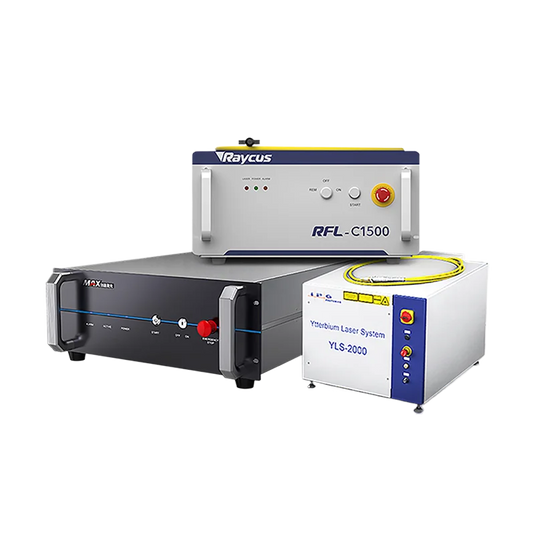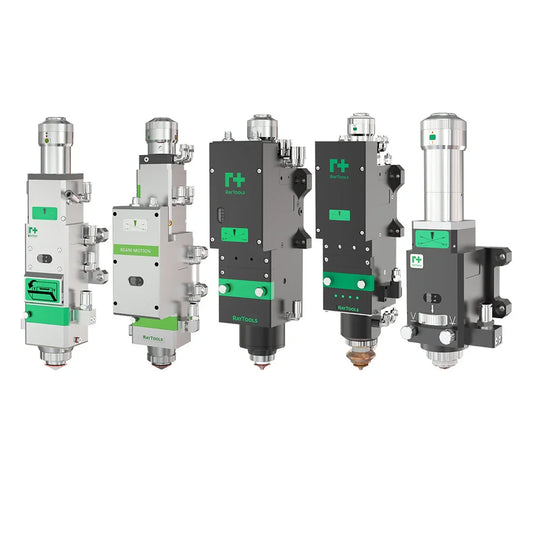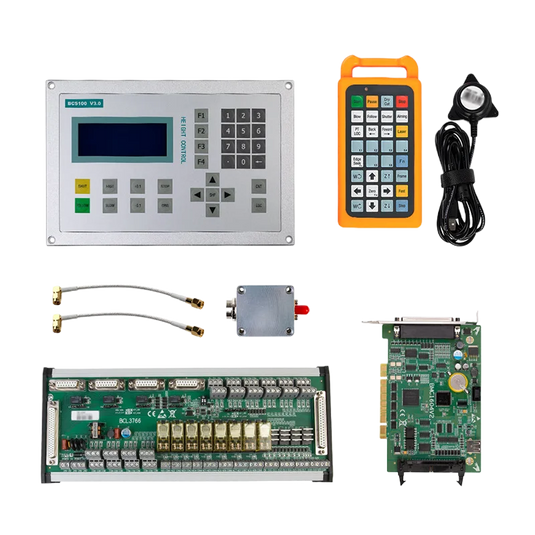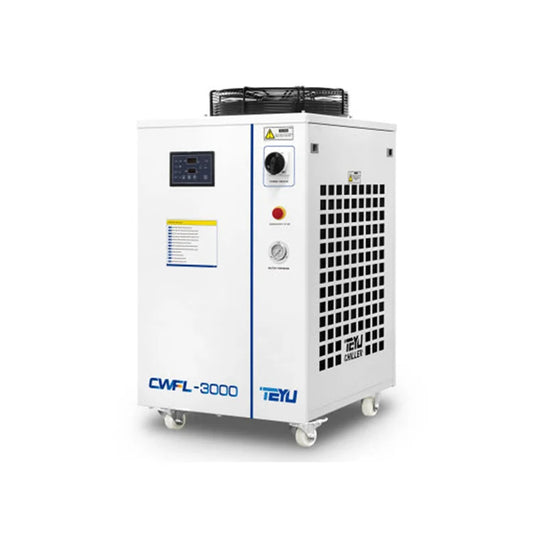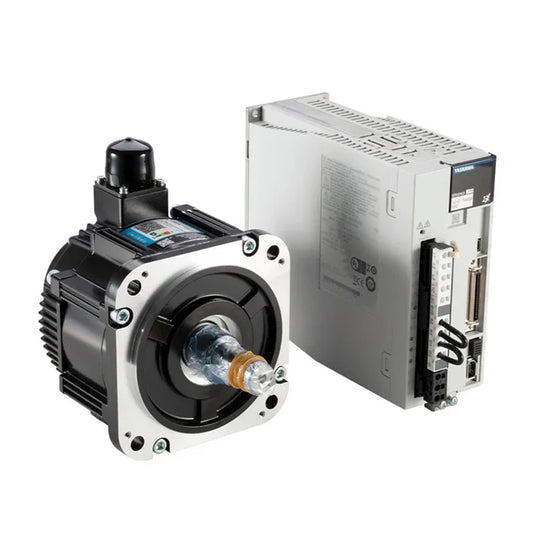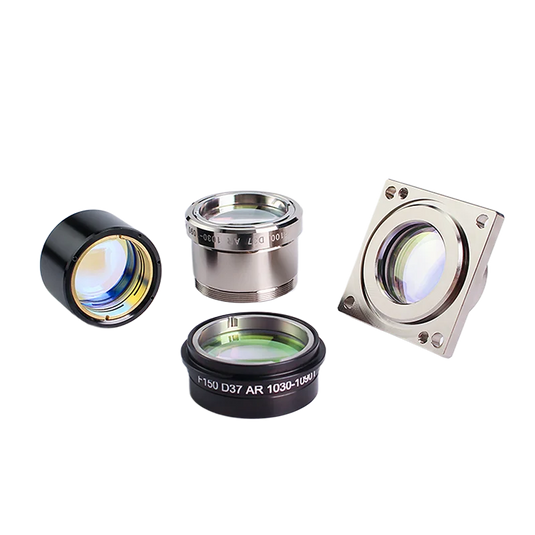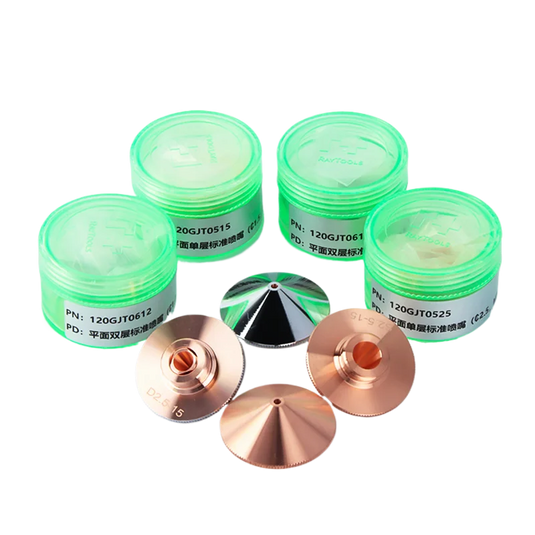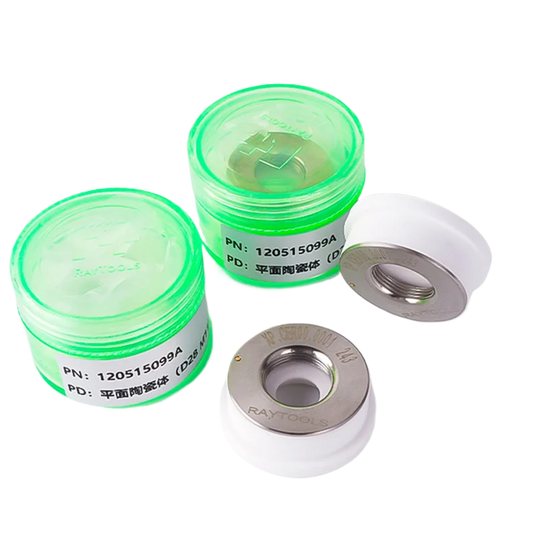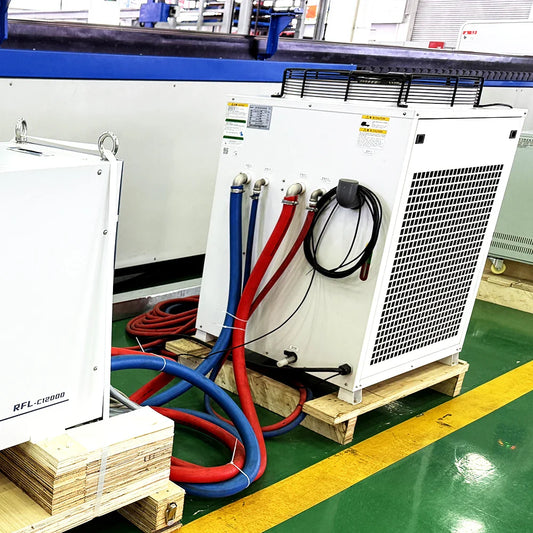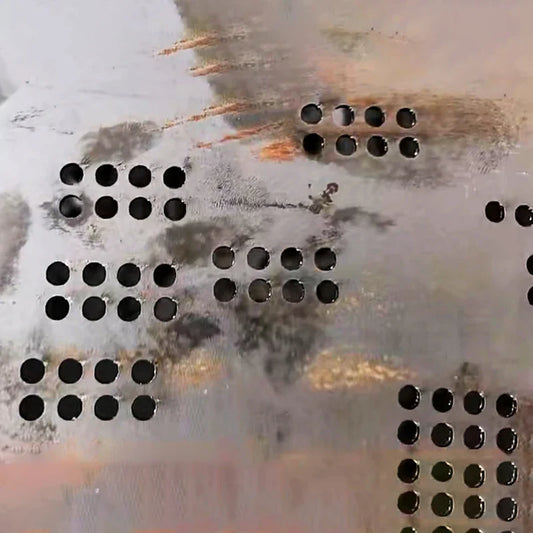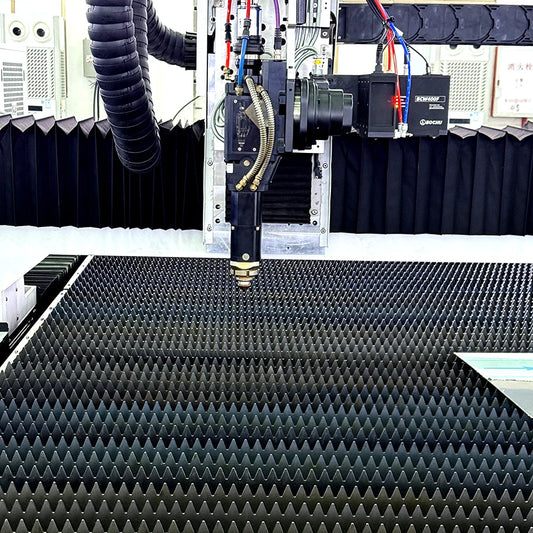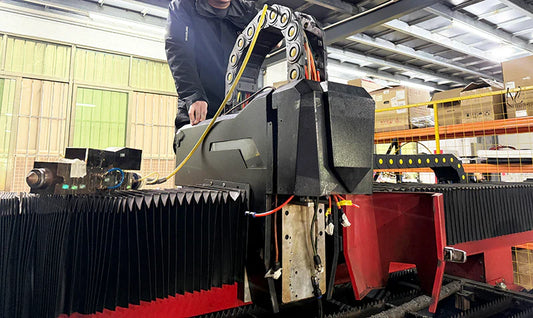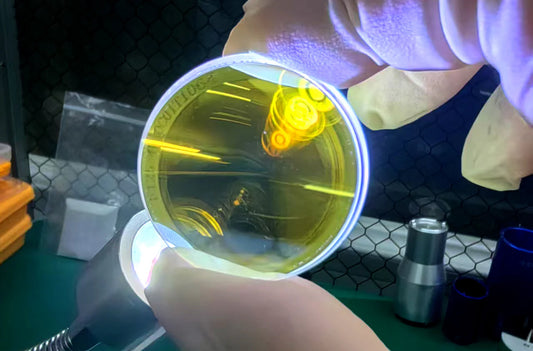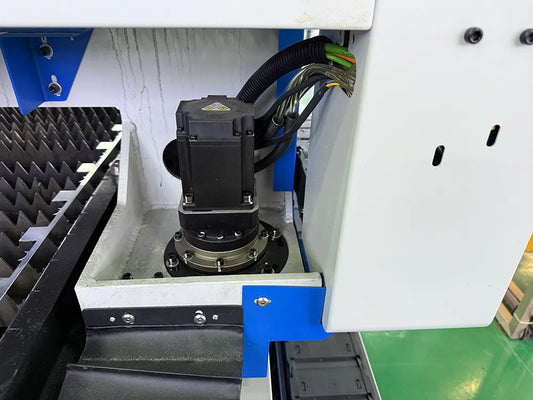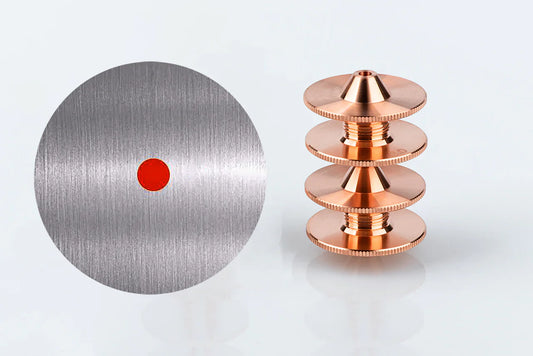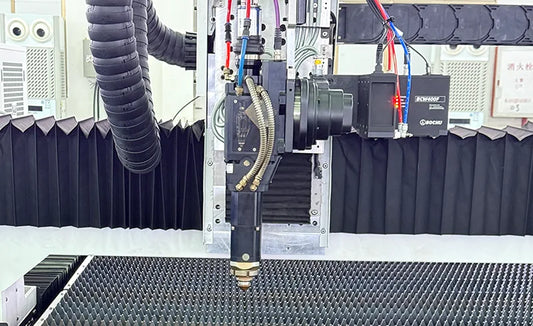Safety Operating Procedures for Laser Cutting Machines
Purpose
The purpose of these procedures is to standardize the operation of laser cutting machines, ensure operator safety, maintain the proper functioning of equipment, and prevent accidents.
Scope of Application
These procedures apply to all operators and maintenance personnel handling laser cutting machines within this facility.
Basic Safety Precautions for Operation
Personnel Qualifications
- Operators must receive professional training and be familiar with the laser cutting machine’s structure, performance, operating system, and safety precautions. Untrained or unqualified personnel are strictly prohibited from operating the equipment.
Protective Equipment
- Operators must wear appropriate protective gear, including protective glasses, clothing, and gloves, to prevent direct exposure to the laser on the skin or eyes.
Equipment Status
- It is prohibited to use the equipment beyond its rated capacity or performance limits, and operators must follow the guidelines specified in the equipment operation manual.
Warning Signs
- Warning signs and nameplates installed on the equipment must not be moved or damaged, ensuring that all safety information is clearly visible.
Work Discipline
- Operators must strictly adhere to labor discipline. Leaving the post without permission, entrusting the task to others, or engaging in non-work-related activities during operation is not allowed. The machine must be operated only when the operator is present, and non-operators are prohibited from touching any buttons or devices.
Safety Facilities
- All safety protection features (e.g., protective doors, emergency stop buttons, interlock devices) must remain intact and cannot be removed, altered, or disabled.
Fire Protection Measures
- Fire extinguishers should be placed within easy reach. Turn off the laser or light shutter when not in use, and avoid placing flammable materials near the unprotected laser beam.
Equipment and Tools
- Operators must be familiar with the performance and structure of tools and lifting equipment used in their tasks. Ensure that safety protection devices are in place and functional before use.
Preparation before Operation
Wear Protective Equipment
- Correctly wear all required personal protective equipment before operating the machine.
Environmental Inspection
- Ensure that the surrounding area is free of flammable or explosive materials, obstacles, and other safety hazards. The environment must be clean, safe, and well-ventilated.
Equipment Inspection
- Conduct a thorough inspection of the equipment using the “Daily Inspection Form for Laser Cutting Machines”. This includes checking the air, water, electricity, and optical systems, ensuring fasteners are tight, and verifying the flexibility of moving parts.
Gas Inspection
-
Check gas type, purity, pressure, and ensure there are no leaks in the pipelines. Ensure the inlet pressure does not exceed specified limits, such as:
- Nitrogen: Max. 3.0 MPa (30 bar)
- Oxygen: Max. 1.0 MPa (10 bar)
- Air: Max. 0.8 MPa (8 bar)
Startup and Preheating
- Power up the equipment in sequence, starting with the chiller, air pump, workbench panel, and finally the laser switch. After startup, perform an idle run to ensure the system is functioning properly before moving on to the cutting process.
Operation Process
Material Preparation
- Verify material parameters (e.g., material type, thickness, size) and select appropriate cutting parameters (speed, laser power, air pressure, nozzle height, focal position, etc.).
- Fix the material firmly on the cutting table to prevent displacement during the cutting process.
Program Setting
- Open cutting software and import cutting drawings. Verify that the drawing size, graphics, starting point, and lead-in lines are accurate.
- Set up cutting parameters such as cutting path, tool path sorting, and processing methods based on the material and process requirements.
Equipment Debugging
- Check airflow by clicking the air-blowing button to ensure the air path is unobstructed.
- Move the cutting head into the cutting area and use the border-walking function to verify the cutting range.
- Perform a trial run with a new program to verify that it runs correctly.
Start Cutting
- After confirming preparations, press the start button to begin cutting. During operation, closely monitor the cutting process through the control screen for cutting speed, laser power, gas flow rate, and cutting quality. Be prepared to pause or stop the machine at any time if necessary.
Process Monitoring
- Continuously observe the machine’s operation, paying attention to the sound of the machine, the display indicators, and the status lights. Immediately stop the machine if any abnormalities are noticed.
- Do not touch moving parts, such as the cutting head or guide rails, during operation to avoid injury.
- Avoid placing flammable materials near the cutting area to prevent fires caused by sparks from the cutting process.
Handling Special Situations
- If issues such as arc interruptions, slag hanging, or incomplete cuts occur, pause the process and inspect the system for possible issues such as incorrect parameters, nozzle blockages, or insufficient gas flow.
- For unfamiliar materials, trial cuts should be performed with low-to-high power settings, observing the effect and adjusting the parameters as needed.
Post-operation Maintenance
Equipment Shutdown
- Turn off the laser cutting machine and auxiliary equipment sequentially as per the operational procedure. Ensure the cutting head is moved to its highest point, and stop the X and Y axes in a safe position.
- Power off the laser and auxiliary equipment after a brief waiting period (3 minutes). Turn off key switches and take the keys for safekeeping.
Cleaning Work
- Clean the work area by removing waste materials and residues from the cutting table. Neatly stack workpieces, plates, and waste materials as required.
Equipment Maintenance
- Perform daily maintenance, including cleaning the machine's surface, guide rails, and transmission parts. Check the wear of components and replace any damaged or worn parts.
- Clean and lubricate moving parts (guide rails, transmission) quarterly. Check water quality in the chiller regularly and replace it when necessary.
Safety Inspection
- Inspect all safety protection devices on the machine to ensure they are in good condition. Repair or replace any damaged components immediately.
Handling of Abnormal Situations
Equipment Failure
- In case of abnormal events like unusual noises, smoke, or alarms, press the emergency stop button immediately. Do not restart the machine until it is inspected and repaired by a qualified technician.
Fire Accidents
- In the event of a fire, cut off the power supply immediately. Use nearby fire extinguishers (dry powder or CO₂) to control the fire. If the fire is significant, call the emergency services (119) and evacuate personnel.
Personal Injury
- If an injury occurs, stop the equipment immediately and administer first aid (e.g., stop bleeding, apply dressing). Call emergency services (120) for medical assistance.
Training and Education
New Employee Training
- All new employees must undergo safety training on laser cutting machine operations before being assigned tasks. They must understand the machine's operating principles, methods, safety precautions, and pass relevant assessments.
Regular Training
- Organize regular training sessions for operators to improve their safety awareness and operational skills. Training topics include safety protocols, maintenance knowledge, and case studies of past accidents.
Emergency Drills
- Conduct emergency drills regularly (e.g., fire evacuation, electrical first aid) to enhance employees’ response capabilities in the event of an emergency.
Keep Your Operations Running Smoothly with Pendstar!
As a trusted leader in laser cutter parts and consumables for 20+ years, we deliver 100% genuine original replacements with 3-day shipping from our global warehouses. Partnered with RAYCUS, BOCHU, MAX, WSX, and other 30+ top brands, we guarantee compatibility, quality, and rapid solutions for every repair. Whether you’re in the USA, Germany, Italy, Turkey, Brazil, or elsewhere, our localized service teams provide on-site maintenance or remote diagnostics 24/7.
Need urgent support? Contact our local teams now or schedule a online consulation.
Shop Reliable Parts Today → | Get Expert Help →
Backed by 20 Years of Laser Expertise – Your Trusted Partner in Precision Cutting Solutions.

